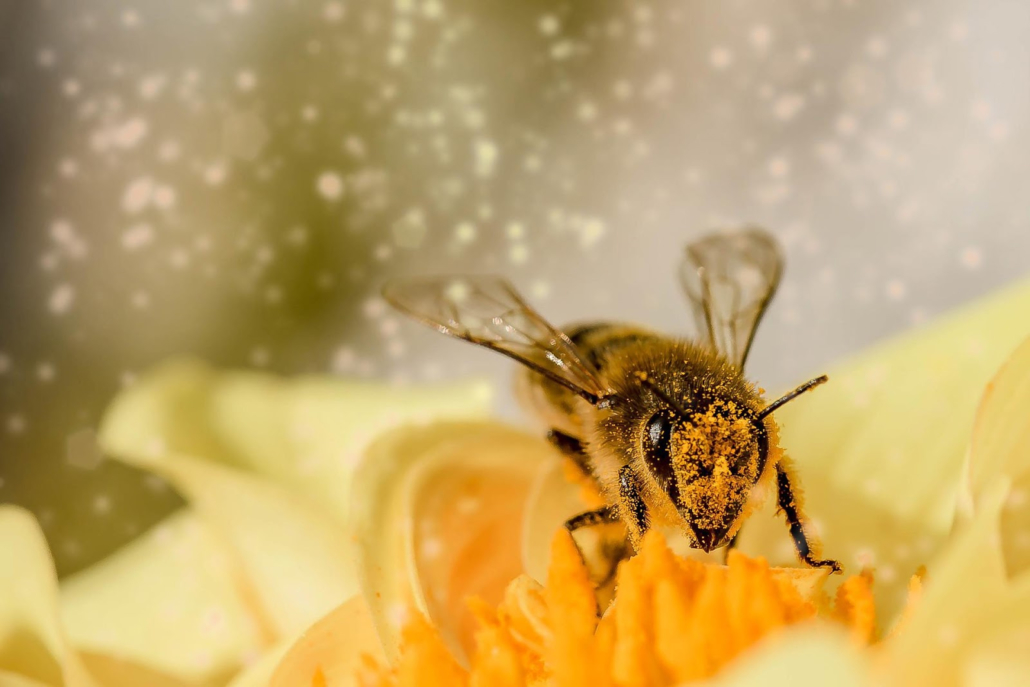Anti-allergy gardening
Anti-allergy gardening: With data showing hay fever affects 49% of people in the UK, experts urge sufferers to create an anti-allergy garden ahead of summer.
Experts at GardenBuildingsDirect.co.uk provide top tips for combatting those pesky symptoms in the garden this summer.

Anti-allergy gardening
Summer begins on June 21, bringing BBQs, sunbathing and time spent gardening. For many, this means months of suffering the symptoms of hay fever.
Tips including planting sneeze-free blooms, avoiding caffeine, getting rid of weeds and staying out of the garden in the morning are said to help those with the worst symptoms.
A spokesman for GardenBuildingsDirect.co.uk said: “There is nothing better than spending time in the great outdoors in the summer months, with many of us running to our gardens when we get a little bit of sunshine!
“But the warmer weather can bring dread to those who suffer badly with hay fever symptoms, which can develop at any age and cause very annoying symptoms. We are urging those who love their gardens to consider anti-allergy gardening ahead of the peak summer months.”
GardenBuildingsDirect.co.uk’s top tips are below:
Mowing the grass
Although this task may seem like a hay fever sufferer’s worst nightmare, keeping your grass mowed will help prevent grasses from flowering. This will help curb one of the biggest allergy triggers and helpless pollen to be released into the air. Whilst mowing, pop on a face covering or mask.
Avoid caffeine
Caffeine is naturally high in histamines, a chemical released by our immune systems when our body perceives something as being harmful, which can worsen hay fever symptoms.
Prevent weeds
Weeds such as creeping thistle, dandelions and ragwort have a bad reputation for causing hay fever symptoms. Because of this, it is best to stay on top of weeding and remove the sulpits before they can flower.
Avoid the garden
Keep an eye on the pollen count and avoid your garden on days where it is exceptionally high. If the temptation of the sunshine is too much to bear, even on high pollen count days, ensure any time outside is spent wearing gloves and change your clothes as soon as you enter your house to limit the spread of pollen.
Low allergy planting
Sneeze-free blooms such as conifer, petunias, magnolias and hardy fuschias can all add beauty and colour to your gardens without causing lots of pollen in the air. When choosing plants for your garden, stick to insect-pollinated flowers where possible, as their pollen is heavy and falls to the ground, whereas wind-pollinated flowers cause much more pollen to float around in the air.
Sprinkle your garden
Some plants stop shedding pollen in wet conditions, so sprinkling your garden with a hose or sprinkler can help lay some of the pollen ahead of an afternoon of gardening or sunbathing.
Timing is everything
Pollen count tends to be at its lowest in the afternoon, so ensure you are only venturing out for more extended periods. Longer gardening days should also be limited to more relaxed, cloudier days.
For the latest industry news visit turfmatters.co.uk/news
Get all of the big headlines, pictures, opinions and videos on stories that matter to you.
Follow us on Twitter and Instagram for fun, fresh and engaging content.
You can also find us on Facebook for more of your must-see news, features, videos and pictures from Turf Matters.
















